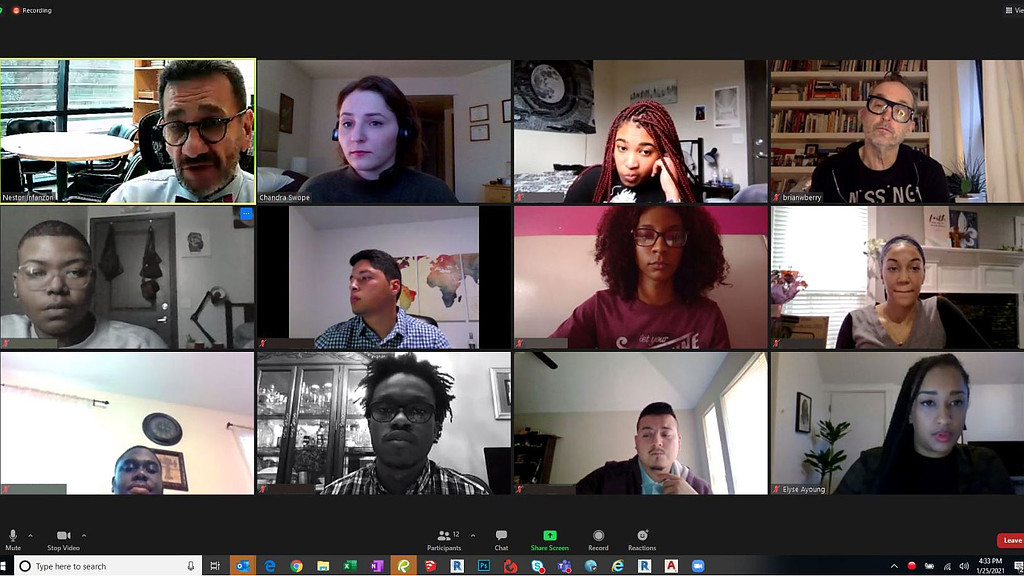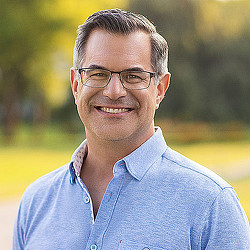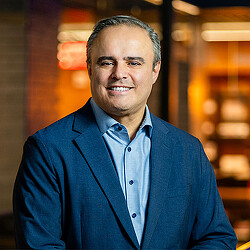Bridging the Gap to Bring More Diverse Voices Into the Design Profession
June 16, 2021 | By Jordan Goldstein, Joseph Lauro
At Gensler, we believe in having a strong bridge to academia, and in bridging the gap between architectural and design practice and what’s happening in the classroom.
With this in mind, Gensler launched the Historically Black Colleges and Universities (HBCU) “Redefining the Future of Cities” Student Design Program, conducted in partnership with all seven accredited HBCU architecture programs — Florida A&M University, Hampton University, Howard University, Morgan State University, Prairie View A&M University, Tuskegee University, and the University of the District of Columbia.
Over the spring 2021 semester, over 50 Gensler participants volunteered in mentor teams for each school, co-teaching with faculty while providing design critiques, mentorship, and “real world” feedback to students as they worked through design projects and challenges. The program challenged students to design solutions that bridge cultures, conflicts, and challenges faced in our current climate of uncertainty and glaring social inequality.
Here are six lessons from our HBCU Student Design Program, outlining some potential considerations for bringing more diverse voices and talent into the design profession:
1. Incorporate a diversity of perspectives to create a more inclusive talent pipeline.Across the seven schools, each student came from vastly different life experiences, with different resources and daily circumstances. Recognizing this diversity of thought, backgrounds, and perspectives is critical, said Nestor Infanzon, professor, Prairie View A&M.
For mentors, the partnership presented a unique opportunity to help build a more diverse and inclusive talent pipeline into the profession, while also helping to advance each school’s unique mission, and enriching the local community.
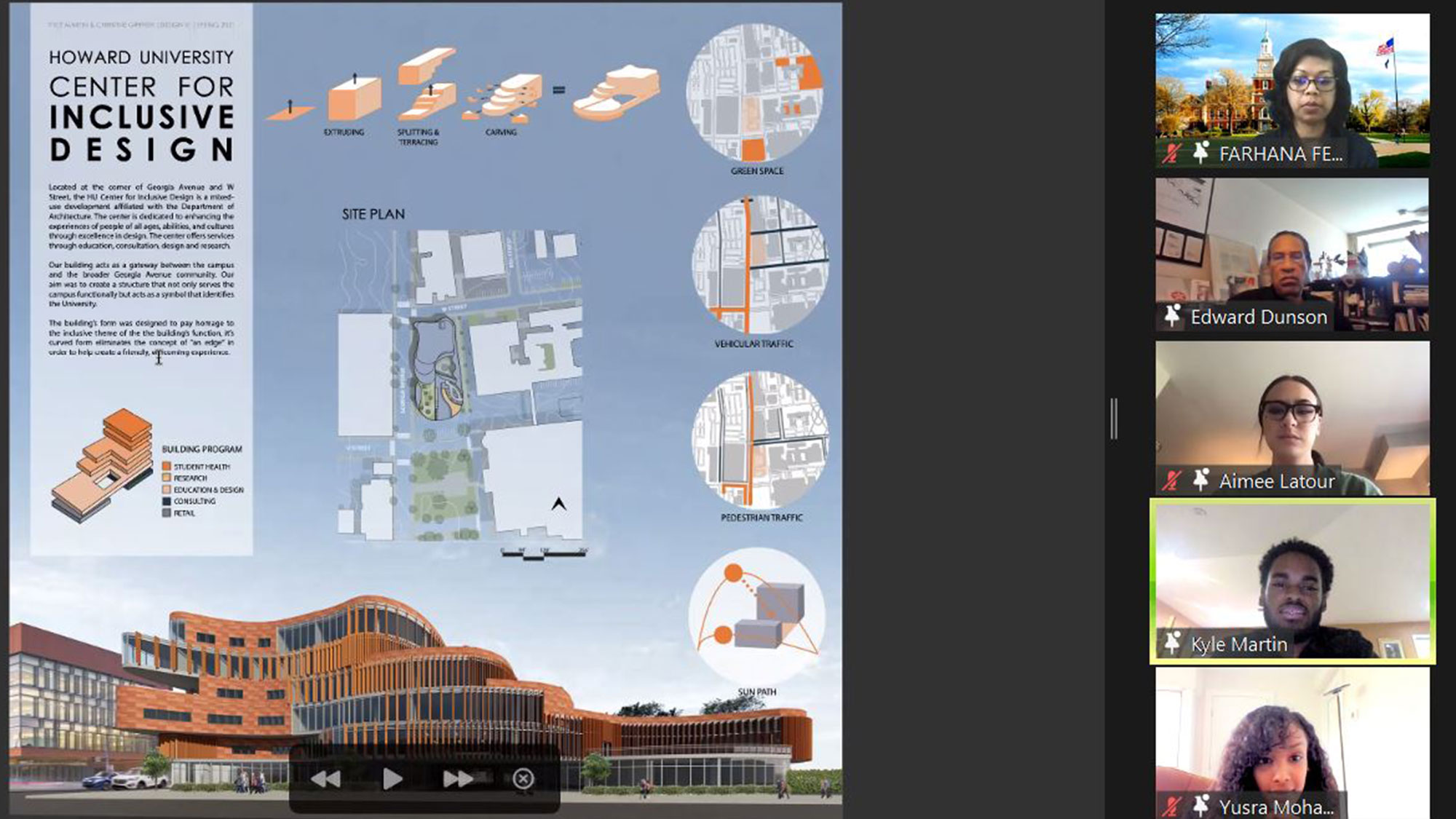
2. Create a safe space where future designers can find their voices.
Some students were juggling part-time jobs; others were new to the design field; some had poor internet connections at home and could not fully engage or participate. “With every curveball, it was all about staying flexible, patient, and finding creative ways to meet our students where they were and making sure that they felt supported,” said Jon Park, a senior designer and Gensler mentor.
Initially, some students struggled with openly sharing their thoughts and ideas; however, many opened up throughout the process. “Breaking this barrier was tough, but we ultimately were able to do so by being approachable and letting the students know that we cared and encouraging them to share their own unique point of view. It was about creating a safe space where students could celebrate their perspectives and home in on their identity and process as future designers,” Park said.
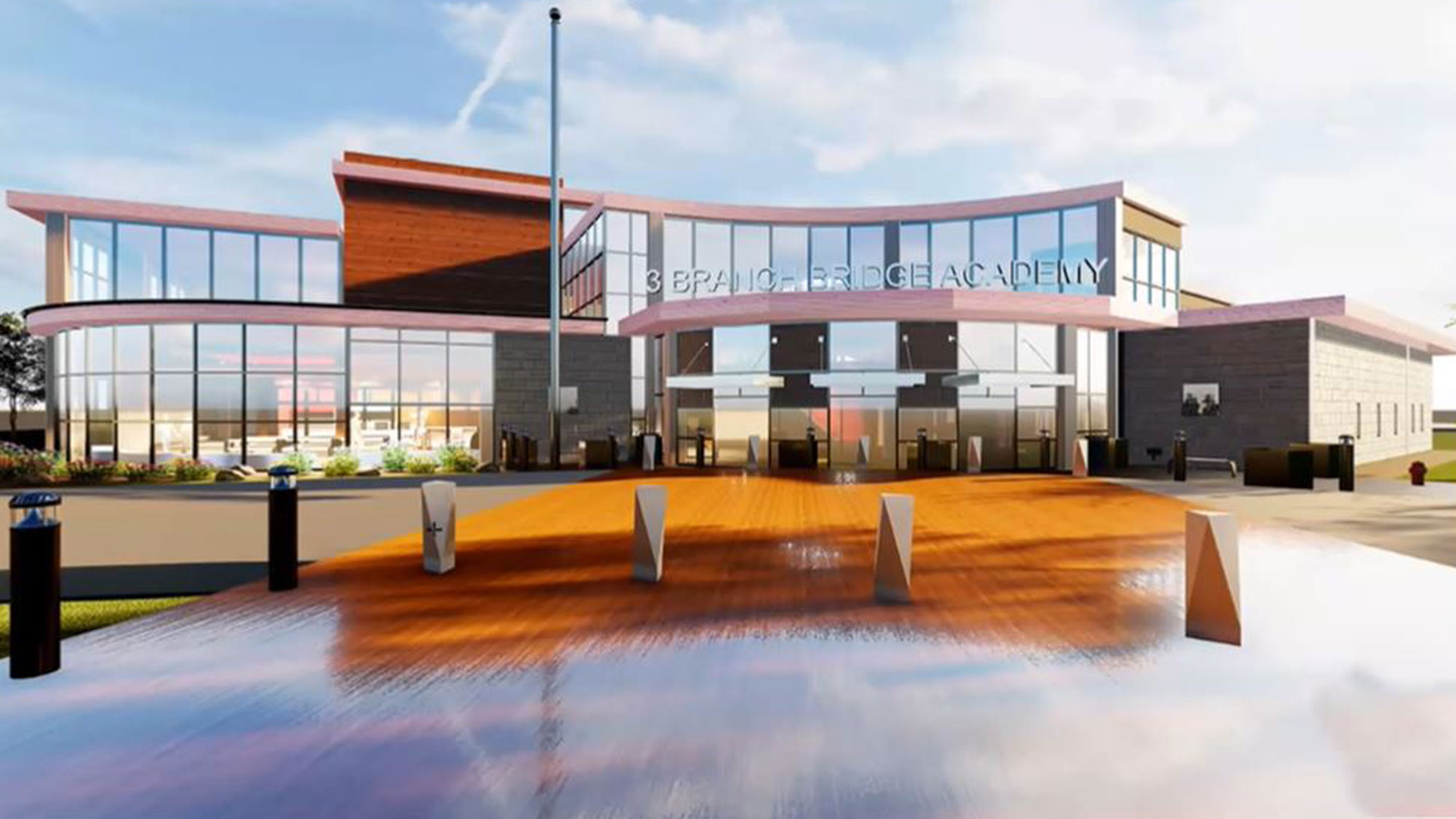
3. Pass on “real world” skills and adopt new tools.
The partnership offered students a glimpse into the tools and processes that architects and designers use in practice. From presentations on “How to Sketch,” to “What Is Zoning?” to various software programs, the mentors presented real life case studies and practical tools to help students translate theoretical ideas and understand their impact in practice.
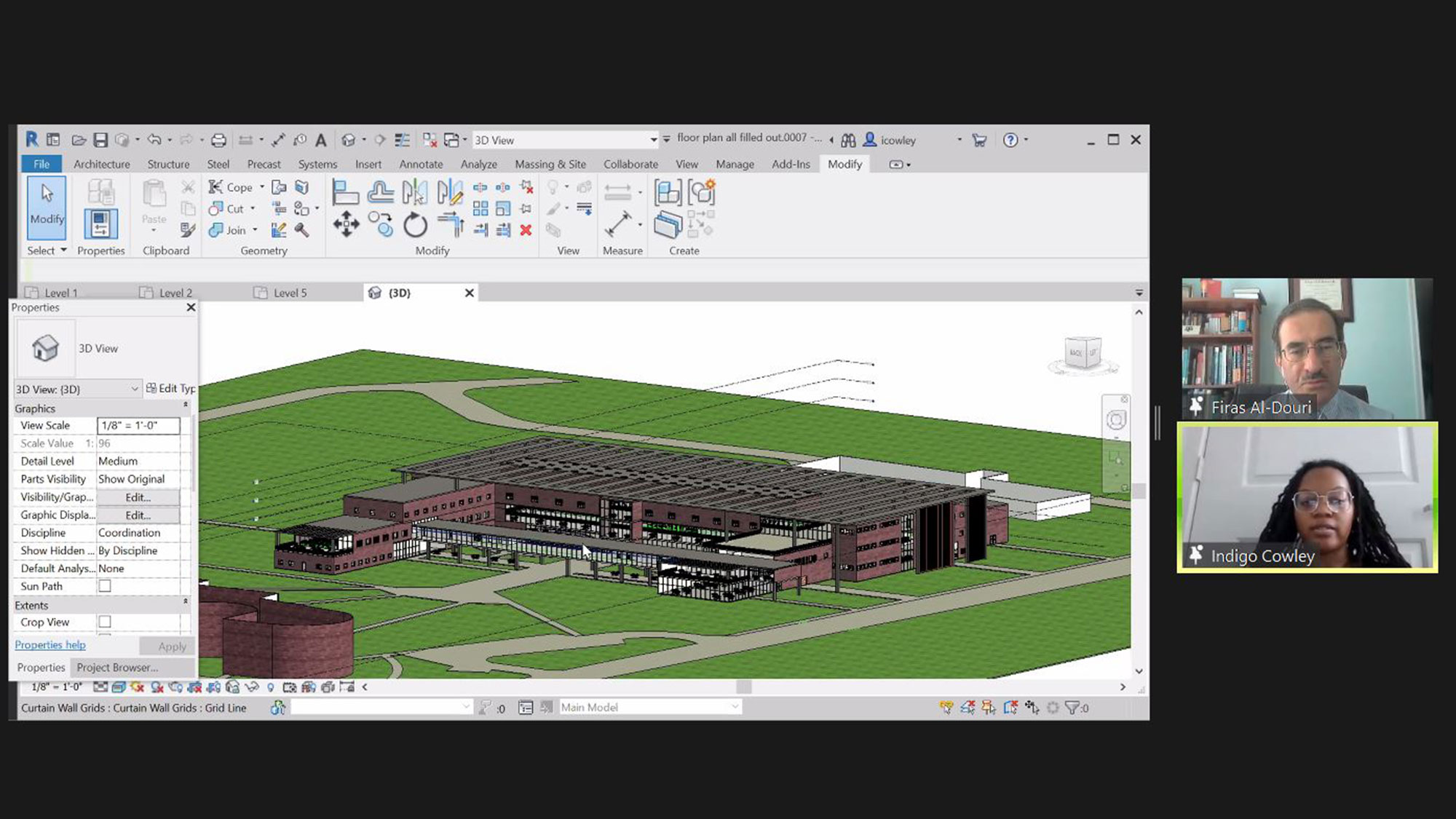
Over the course of the semester, the quality of the students’ work and their presentations steadily and markedly improved, culminating in thoughtful renderings, details, and presentations, which students from each school shared to our entire firm during a series of global webinars.
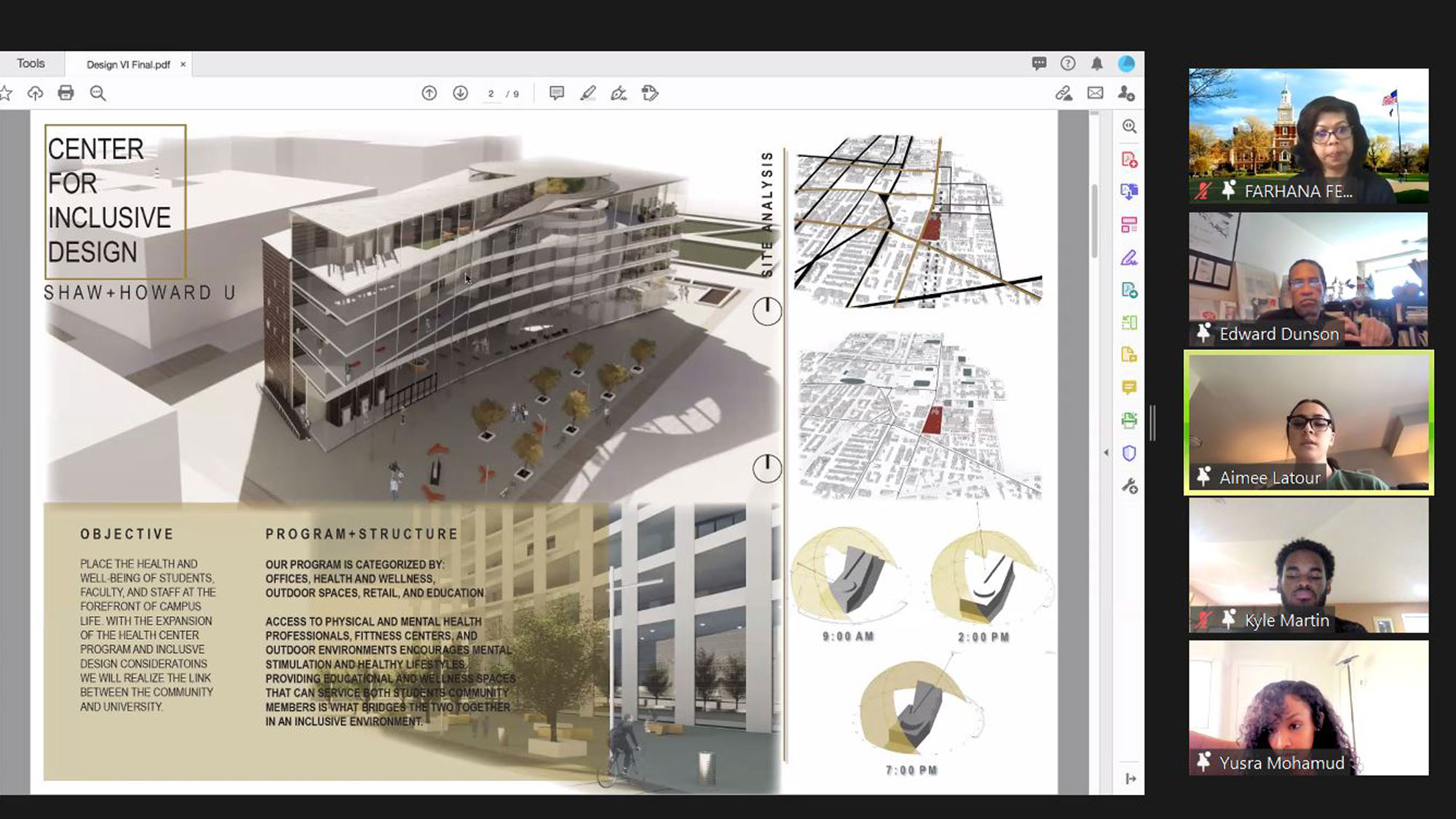
4. Bring in the local community.
The program challenged students to identify design solutions that “bridge” back to their communities — from proposals to revitalize the historic Greenwood District in Tuskegee, Alabama; to designing a concept to bridge a community center with Independence Heights, the first African American community in the state of Texas. Some schools brought in community members, such as City Council members, or students interviewed local residents, as part of the exercise.
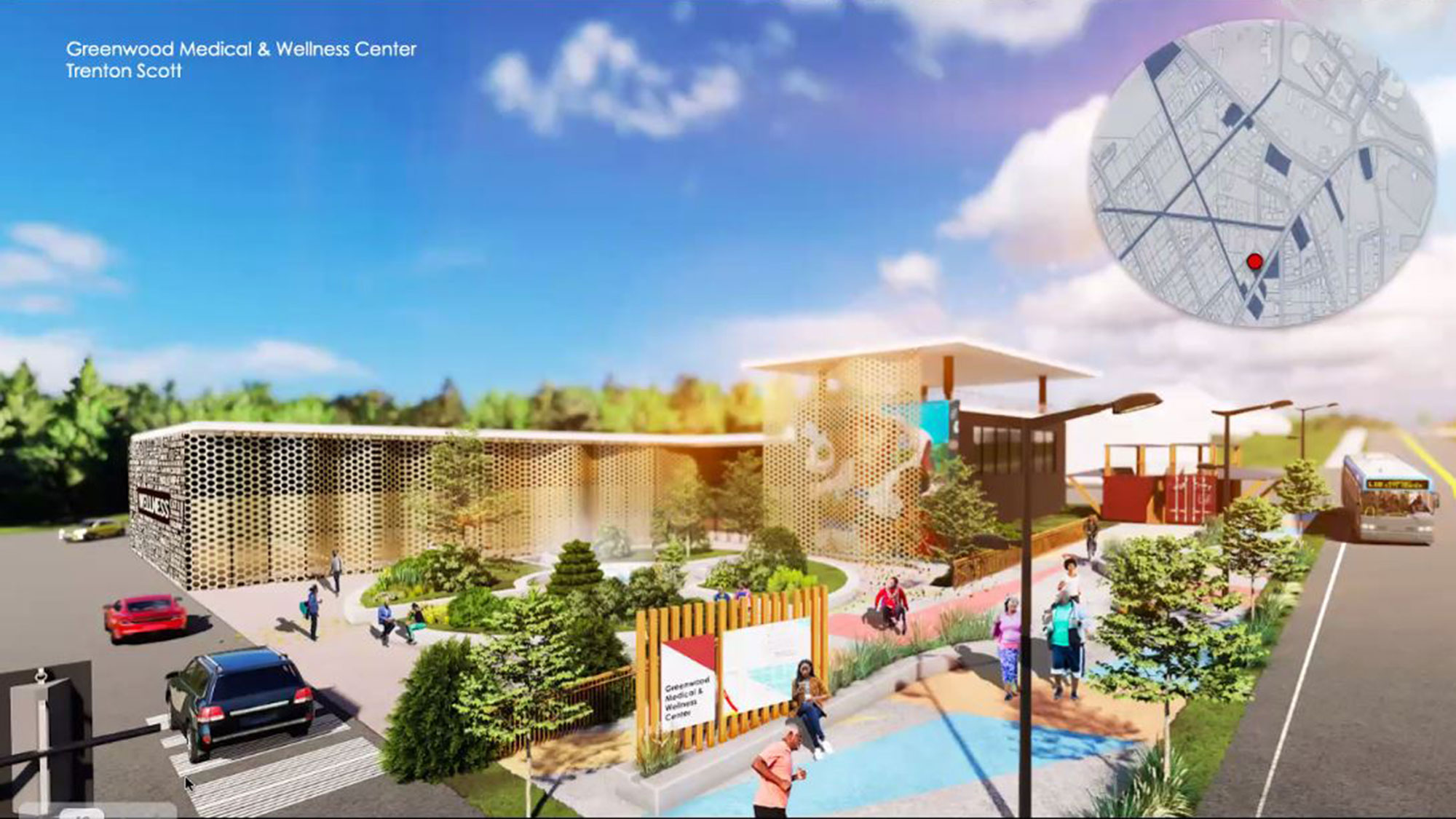
5. Pay it forward.
The intimate setting gave mentors a rare opportunity to have candid conversations with students and to help them envision opportunities to make an impact by pursuing a career in the profession. For some, the program offered a way to “pay it forward” to the next generation, giving students a vision of what pathways are possible.
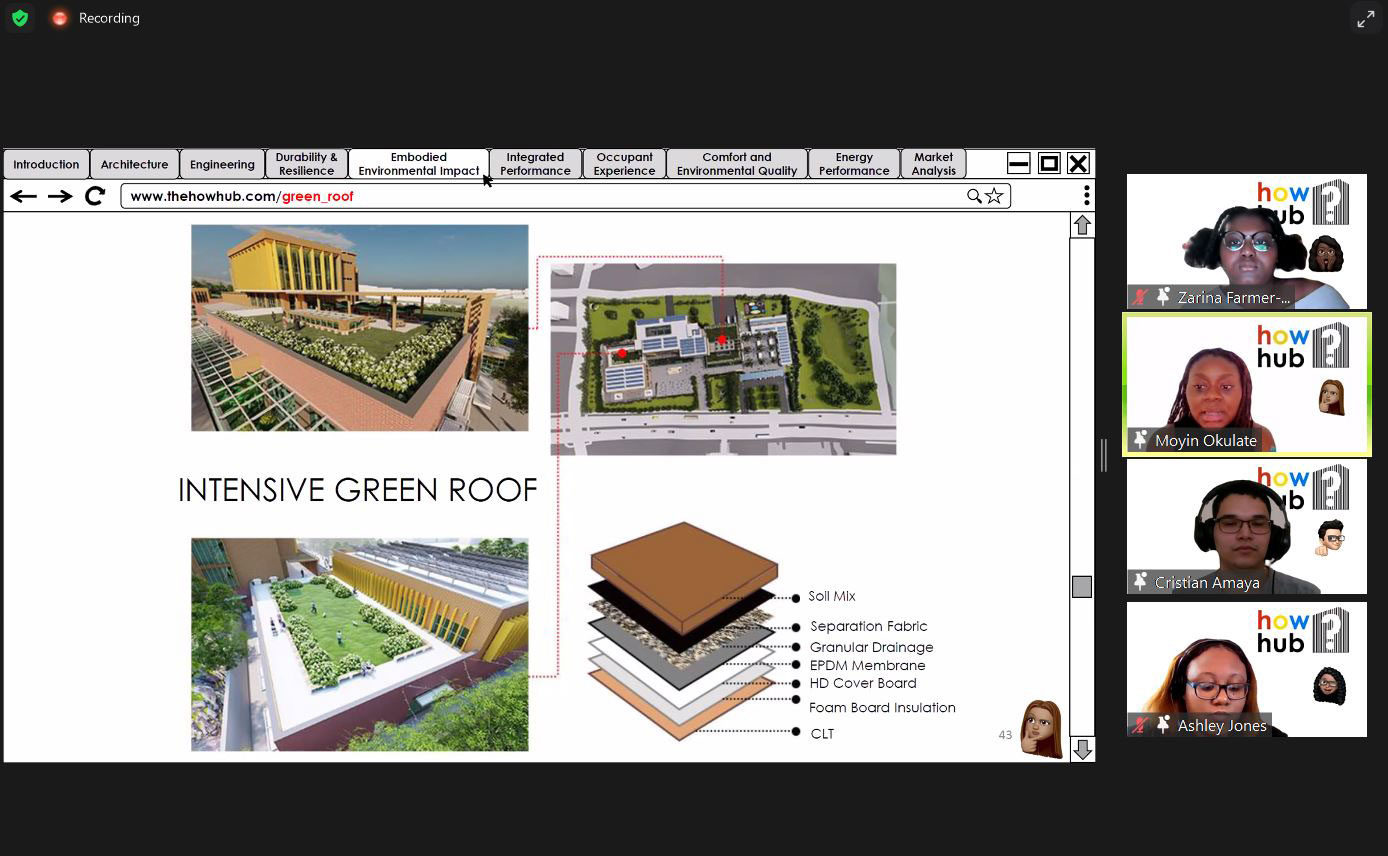
6. Cultivate an ongoing relationship.
Since the sessions concluded, the Gensler mentors have kept in touch with students in a variety of ways — from sharing life goals, to talking about professional impact, to reviewing resumes and portfolios. As a result of the program, we have awarded summer fellowships to 15 of the students from these programs.
The annual program will be a long-term partnership between the schools, the faculty, the students, and Gensler. The ultimate goal is to create a sustaining program, to build and grow lasting relationships with faculty and students, and continue to bridge academia and practice.
For media inquiries, email .
